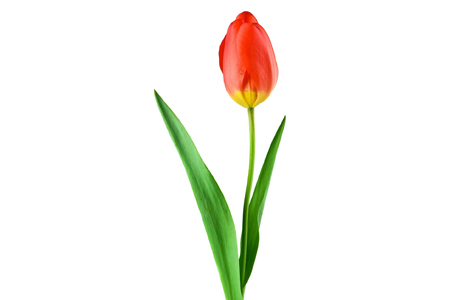If you live in other parts of the country, the first sign of spring is the bulbs that you planted in the fall pushing through the thawed earth and signaling the beginning of warmer weather.
In most parts of Arizona, we don’t have the low temperatures that certain bulbs need to stimulate their biochemical responses that tell the bulb when to start their root growth and flower formation.
But there’s no need to look wistfully at the containers of bulbs at the big box store. You can grow bulbs in Arizona; it just takes a little preparation ahead of time.
In warmer climates, you can “trick” the bulbs by placing them in the refrigerator. Pre-chill the bulbs for a minimum of six to eight weeks, but it’s OK if you keep them in the fridge for up to 16 weeks if you purchased them early in the season.
Store the bulbs in loosely closed paper bags (not plastic, it will cause them to rot) in an area of the refrigerator where they will not be stored near any kind of fruit. As fruit ripens, it gives off ethylene gas which will potentially kill the embryonic flower inside the bulb.
When the bulbs are done chilling, remove them from the refrigerator and plant immediately. By doing this, it will give the bulb some time to develop roots before they focus on flowering. If you start the chilling period in late fall, the bulbs will be ready to plant in January or February.
The majority of soil in the Valley is clay-like with a layer underneath the surface called caliche. Bulbs like well-drained soil with a neutral pH, so for best results, plant bulbs in raised beds or pots instead of directly into the ground.
You also want to be sure to plant your bulb with the roots facing down into the soil so that the new growth will emerge from the point of the bulb up through the top of the soil. This may sound like a simple concept, but when planting bulbs, it is easy to place them in a hole and cover them with soil without double checking that the point is facing up first.
To extend the bloom time, choose a planting location that will be protected from afternoon sun. After planting the bulbs, you can spread a few inches of mulch on top of the soil to help retain moisture and keep the soil cool.
Bulbs that need pre-chilling are all tulips, plus others including hyacinths, muscari, crocus and alliums.
It is possible to buy spring-blooming bulbs that don’t need chilling. These include Dutch iris, anemone (DeCaen and St. Brigid), freesia and ranunculus. There are also some daffodil varieties well-suited to warmer climates.
Before you plant these bulbs, simply soak the roots of the bulbs in a shallow pan of lukewarm water for a few hours. If planting in a pot, insert the bulb in the potting soil, leaving the top two-thirds exposed.
Most bulbs that have been pre-chilled in the refrigerator will bloom in four to six weeks after planting. These will not be able to propagate in the soil like other bulbs, and should be treated as annual blooms.
With a little extra planning and care you can have a bed of bulbs ready next spring that will make the bees happy and your neighbors jealous!






